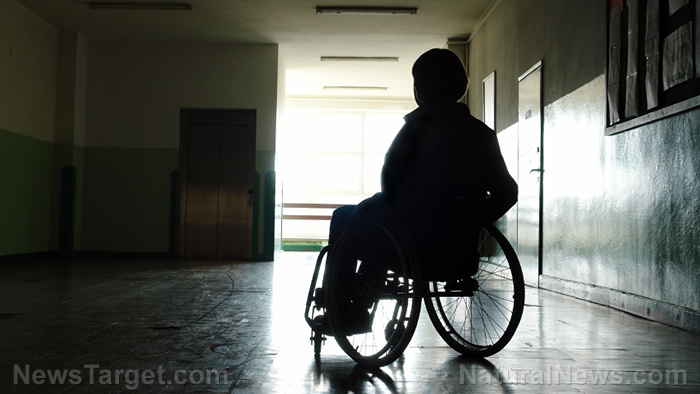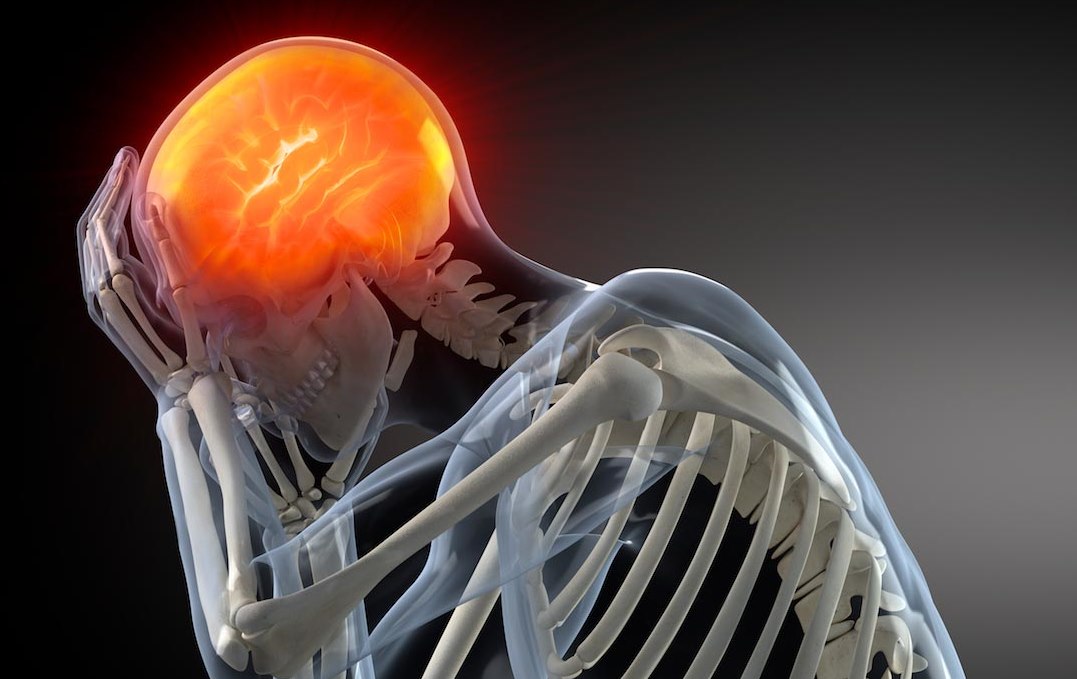A mysterious brain syndrome is affecting dozens of people in one Canadian province
06/11/2021 / By Divina Ramirez

More than 40 people from New Brunswick, a small province in Eastern Canada, were struck with a strange mix of symptoms that baffled even leading experts on neurological diseases. The symptoms include fatigue, memory lapses, insomnia, involuntary jerking movements and nightmarish hallucinations.
Experts initially thought that the mysterious syndrome mimicked Creutzfeldt-Jakob disease. This fatal neurological disorder affects just one in one million people each year. However, the patients tested negative for known forms of Creutzfeldt-Jakob disease, bringing experts back to square one.
The patients range in age from 18 to 25. They’ve lived in either the Moncton area of the province or the Acadian Peninsula in the northeastern corner of New Brunswick.
For now, experts call the syndrome “Neurological Syndrome of Unknown Etiology in New Brunswick.”
Of the 48 patients identified since 2015, six have died as of Monday, May 31.
Unknown illness affects residents of New Brunswick
The illness first came to light in 2015 when a New Brunswick neurologist observed a patient who experienced a rather bizarre mix of symptoms, including anxiety, rapidly progressive dementia and hallucinations. The neurologist, Alier Marrero, had a total of eight cases in 2018. He had 20 in 2019, 38 in 2020 and 48 in 2021.
Marrero, who worked at a hospital in Moncton, ordered a battery of tests, including blood tests, spinal taps, magnetic resonance imaging scans (MRI) and electroencephalograms, to determine the cause of the illness.
Sure enough, the tests showed a number of abnormalities, such as brain atrophy and neurological dysfunction. However, none of the results were of help in forming a clear diagnosis. Marrero first thought it was Creutzfeldt-Jakob disease that he was dealing with. But the tests tested negative for it.
With no diagnosis and no clue as to what it could be, Marrero concluded that the disease wasn’t something that he nor his colleagues have seen before. Marrero later gave the disease its prosaic working name. He also notified more colleagues, as well as federal and provincial health authorities, about the disease.
It was only two months ago, six years after the first few cases emerged, that Canadian health authorities started to investigate the matter. Health authorities in New Brunswick and Ottawa, the capital city of Canada, assembled a team of neurologists, veterinarians and infectious disease specialists to study the disease.
Brain autopsies of the six patients are already being studied at a federal laboratory in Ottawa. Of the three autopsies done so far, all are negative for prion disease. Creutzfeldt-Jakob disease is the most common form of prion disease, which can cause the brain to look like a sponge with small holes.
The good news is that medical investigators have narrowed down potential causes of the disease to only four or five. One of those possible causes is exposure to beta-methylamino-L-alanine (BMAA), a toxin produced by blue-green algae. BMAA has been linked to other progressive brain diseases, including Alzheimer’s and Parkinson’s. (Related: The therapeutic effects of ginseng against Alzheimer’s disease.)
Another potential cause is chronic exposure to domoic acid, a neurotoxin produced by algae. It can accumulate in shellfish, sardines and anchovies. Poisoning may occur if contaminated fish and shellfish are consumed. Some shellfish caught off the coast of New Brunswick have been shown to contain traces of the neurotoxin.
However, other experts were skeptical about the novelty of the disease. Michael Geschwind, a professor of neurology at the University of California, San Francisco, said that what might seem like a new illness sometimes turns out to be a known disease that hasn’t been diagnosed.
Geschwind hasn’t studied any of the 48 cases or the autopsies of those who died. Nevertheless, he said patients could end up suffering from a “grab bag” of neurodegenerative diseases that were being linked together. “Sometimes, what seems to be a cluster turns out to be something else,” added Geschwind.
Families of patients are furious with health authorities
Meanwhile, families of some of the patients with the unknown syndrome are angry that health authorities took so long to reveal information about the condition. Steven Ellis, whose father is one of the 48 patients, said they wanted to know whether the condition was genetic or caused by an external factor.
Ellis said his father used to be active before he was confined to a nursing home because of the condition. It was only after he read the leaked internal memo from the office of the province’s public health officer that he found out about the condition and related it to his father’s illness.
Ellis was also frustrated that the COVID-19 pandemic overshadowed the disease and its seriousness.
Jennifer Russell, chief medical officer of health for New Brunswick, said they reacted prudently after authorities determined that the number of cases was significant. She added that there is a “long road ahead” to determine the cause of the disease.
But for Ellis, families like his are running out of time. “If my dad had terminal cancer, … it would be upsetting,” he said. But at least there would be a prognosis. “We are watching him dying a slow death and nobody can tell us why.”
Learn more about prion diseases and other rare neurological conditions at Brain.news.
Sources include:
Tagged Under: Brain disease, brain health, brain syndrome, Canada, mysterious disease, mystery, neurological syndrome, New Brunswick, prion diseases, Unexplained
RECENT NEWS & ARTICLES
BrainFunction.News is a fact-based public education website published by Brain Function News Features, LLC.
All content copyright © 2018 by Brain Function News Features, LLC.
Contact Us with Tips or Corrections
All trademarks, registered trademarks and servicemarks mentioned on this site are the property of their respective owners.





















